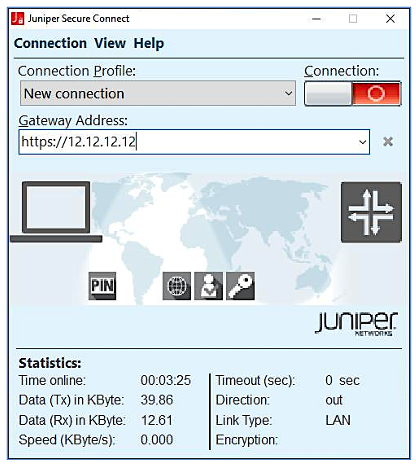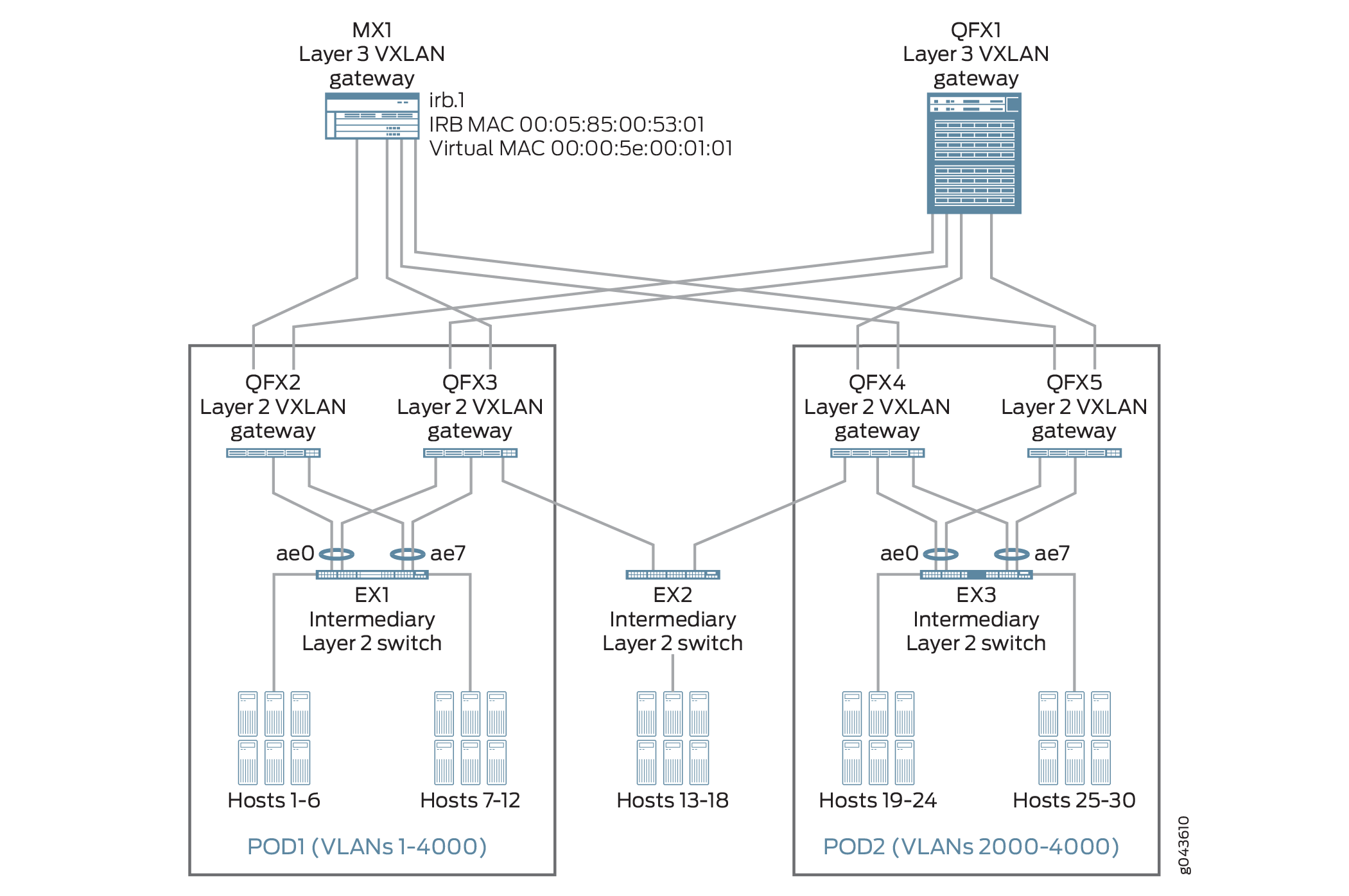
Instead, a virtual NIC is added to the Network Connections window and that virtual NIC is connected to the External Virtual Network switch, and it is that virtual NIC that has the IP addressing assigned to it that allows it to communicate with the physical network. The External Virtual Network switch will actually appear to take the place of the physical NIC on the Hyper-V server – so that if you were to look at the configuration of the former NIC, it would appear to not have any IP addressing assigned to it.

You can have one External Virtual Network for each physical NIC that’s installed on the Hyper-V server. However, there is no DHCP-like functionality with this virtual switch (as there is with some instantiations of VMware Workstation), so if you want to communicate with virtual machines that are connected to the Internal Virtual Network switch, you are going to need to assign an IP address to the virtual NIC that’s associated with that Internal Virtual Network for the Host operating system that is valid on the virtual network to which you are trying to connect.Īn External Virtual Network is different from the other Virtual Networks because this type of virtual network is associated with physical network adapters. The Internal Virtual Network is an isolated virtual switch like the Private Virtual Network, but in the case of the Internal Virtual Network, the Host operating system has access to the guest virtual machines through the Internal Virtual Network virtual switch. In this scenario, you can create a virtual machine that functions as a firewall or a router, and connect one virtual network adapter to the Private Virtual Network and another virtual network adapter to the physical network (through an External Virtual Network, which we’ll talk about in just a bit).Īn Internal Virtual Network is similar to a Private Virtual Network in that it isn’t bound to any physical NIC. Private Virtual Networks are great if you need total isolation from all other Virtual Networks, but they can sometimes be problematic if you need to copy files to the virtual machines, since there is no connectivity to any physical network or to the Host operating system. Guest operating systems that are connected to the same Private Virtual Network can communicate with each other, but they cannot communicate with the Host operating system and the Host operating system cannot connect to the VMs on the Private Virtual Network. There are three types of virtual networks that you can connect to in Hyper-V:Ī Private Virtual Network is a virtual switch to which only virtual machines can connect. It’s a good idea to create different virtual switches if you have scenarios where you need to have network isolation similar to what you would have on a physical network, where the different segments are separated by firewalls or some other access control device. If you want hosts that are connected to one virtual switch to communicate with hosts that are on another virtual switch, you can create a virtual router, VPN server, firewall or similar device to those you would have on a physical network. Each virtual switch is logically isolated from all other virtual switches. All the virtual machines that connect to the same virtual network switch are connected to the same switch. Consider a virtual network to be like a switch, but instead of a physical switch, it’s a virtual switch.


The concept of a virtual network is an important one to understand. For example, external virtual networks are basically on physical NICs, so you can only have the number of external networks that is the same as the number of physical NICs. There is no limit on the number of virtual switches you can create – depending on the type of virtual network you are working with. The Virtual Network Manager is responsible for creating and controlling virtual switches. With Hyper-V, the guest operating systems never have direct access to the hardware, and the Hyper-V management interfaces control the traffic moving through the physical and virtual interfaces. Networking in Hyper-V is sort of interesting for those who are used to physical networking or are used to the way networking is implemented in VMware.


 0 kommentar(er)
0 kommentar(er)
